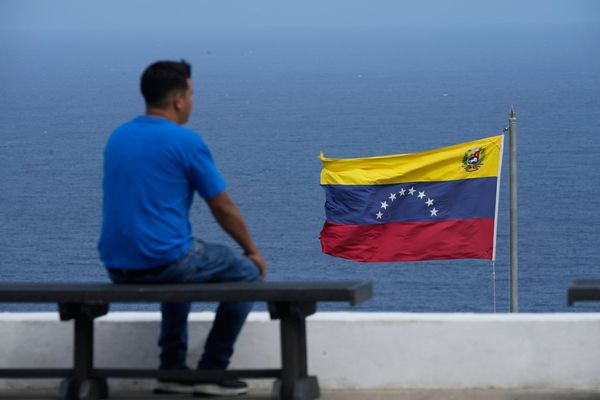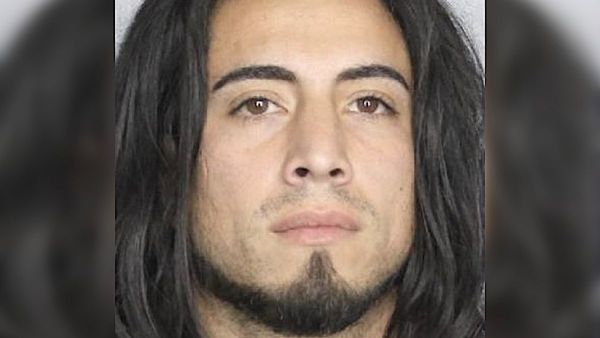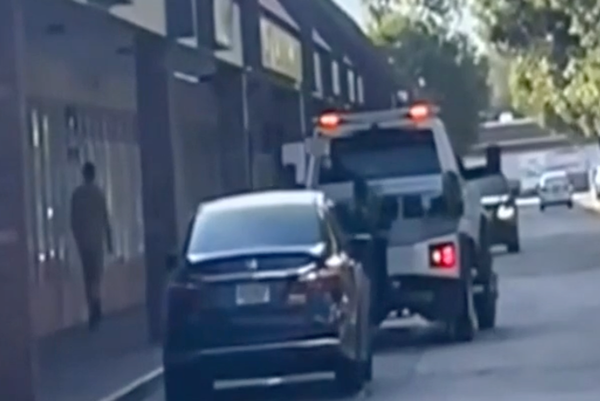
When Hamas-led Palestinian fighters attacked southern Israel on October 7, 2023, and took about 250 people captive, it set in motion an issue that instantly became vital to much of Israeli society.
The captives immediately became a symbol for Israelis, used to justify Israel’s brutal war on Gaza – which has now killed more than 46,800 Palestinians. But the topic has also divided Israelis, with many, particularly those supportive of the opposition to Prime Minister Benjamin Netanyahu, insisting that the government has not done enough to secure a deal that would lead to their release.
Now that a ceasefire deal has been agreed upon, the nightmare of captivity could be about to end for those held in Gaza.
How many captives will be released from Gaza?
Approximately 100 Israeli captives are believed to be left in Gaza, all of whom are expected to be released if the deal between Israel and the Palestinian group Hamas is fully implemented.
But not all will be released at once. In the first six-week phase of the deal, 33 captives are expected to be released gradually in exchange for Palestinian prisoners held by Israel. The Israeli captives to be released in this phase include some who are ill or wounded, as well as female soldiers and men aged above 50.
Egypt has said those released in the first phase will be exchanged for 1,890 Palestinian prisoners. Israel has said it will release 95 Palestinians, all women and children, on the first day of the ceasefire on Sunday.
The rest of the captives, all believed to be male soldiers, will be released in later phases of the ceasefire deal in exchange for an unspecified number of Palestinian prisoners.
What do we know about the identities of the captives being released?
Hamas on Sunday released the names of three Israeli captives to be freed on the first day of the ceasefire. The Palestinian group has handed over their names – Romi Gonen, 24, Emily Damari, 28, and Doron Steinbrecher, 31 – to the mediators.
Israel’s prime minister’s office confirmed receiving the list of the captives, adding that ceasefire will now begin at 11:15am local time (09:15G) after a delay of three hours.
The list of other Israeli captives to be released in the first phase has still not been published yet, and while the identities of the captives still in Gaza are known, it is unclear who is still alive.
On Saturday, Netanyahu had warned that the ceasefire would not begin until Israel received the list of the captives.
Hamas has said several captives have been killed in Israeli attacks on the locations where they had been held, but videos have also been released with messages from some of them.
While all of the remaining captives are Israeli, some are dual-nationals, including from the United States, Argentina, and Germany.
Five of the captives are believed to be female soldiers who were captured during the October 7 raids.
And two of the captives who are expected to be released in the first phase are Israelis who were taken captive in Gaza before October 7, and who have spent years in the enclave.
What will the handover process be like?
While some captives were freed by Israeli forces in military operations that killed dozens of Palestinian civilians, more than 100 – the vast majority of those who have left Gaza – were released in a temporary ceasefire in November 2023.
During that prisoner exchange, the captives released were transferred by Palestinian fighters to the Red Cross and then handed over to Israeli forces.
Israel has prepared medical teams to receive the captives, and the head of the health team at the Hostages and Missing Families Forum, Hagai Levine, expects that many will have cardiovascular and respiratory issues after having spent so long underground in tunnels.
How important has their captivity been in Israel?
The topic of the captives has been a central one in Israel and among pro-Israel supporters since the war began.
The release of the captives has been one of the primary war goals of Israel, but it also arguably contradicts one of the other stated goals, the complete defeat of Hamas.
This is because Hamas has offered to release the captives since the war began as part of a deal that would end the war, a demand that the Israeli prime minister had consistently refused until recently.
Israel’s far-right National Security Minister Itamar Ben-Gvir has declared that he has been able to use his political power to stop any deal from taking place over the past year, in essence placing the goal of defeating Hamas and building illegal Israeli settlements in Gaza above the release of the captives in a prisoner exchange. Ben-Gvir is now expected to follow through on his promise to resign if the deal is implemented.
However, the return of the captives is the primary demand for many Israelis. Their pictures are displayed on posters across Israel, and the “bring them home now” demand is regularly heard at protests. A plaza in Tel Aviv has been renamed “Hostages Square”, and is a focal point for demonstrations.
Family members of captives have had frequent run-ins with members of Israel’s government, and a movement representing them has promised to continue to push for the release of the captives. “We will not allow them [far-right ministers] to sabotage the full implementation of the deal,” a speaker at an event supporting the ceasefire deal said on Saturday.







